TRENTON—It was hard to get detailed information when everyone involved in a project onsite today said they were not allowed to discuss the project, but the University of Maine's Advanced Structures and Composite Center's newest addition to its VolturnUS program failed to float today.
The structure was built on-site at the head of the Hancock County/Bar Harbor Airport's seaplane ramp. The land was leased from Hancock County for the timeframe, and all of the concrete work was by N.S. Giles of Bangor.
The reportedly 381-ton concrete structure was moved to the bottom of the ramp early this morning, at low tide, by remote controlled heavy lift trailers and set onto metal supports to await high tide.
High tide was at 12:19 p.m. which came and went with no movement from the structure. Tomorrow, March 31, is reportedly a king tide, so there is still hope.
The plan for the structure, which is a scale-model (although nobody would say what the scale is) of a wind turbine structure developed and patented by the University of Maine was to spend some time moored in the bay on a mooring that belongs to the Bar Harbor Whale Watch Company and then be towed to Castine for final rigging and outfitting.
Nobody would say where the final destination was, but it is presumably the 15-square-mile lease that was recently acquired by the State of Maine from the United States government that is located approximately 30 miles offshore in the Gulf of Maine.
An October press release from Governor Janet Mills’ Office states, “As proposed, the research array will use floating offshore wind platform technology designed by the University of Maine and deployed by its development partner, Diamond Offshore Wind. UMaine's floating platform, known as VolturnUS, was recently awarded a $12.5 million grant from the U.S. Department of Energy for its innovative design.”
The structure and the previous structures are being used as test structures for the patented hull designs that are said to hopefully make wind energy production much more cheaply. The structures, once in place and operational, are connected to the mainland via submerged cable to transmit the energy generated.
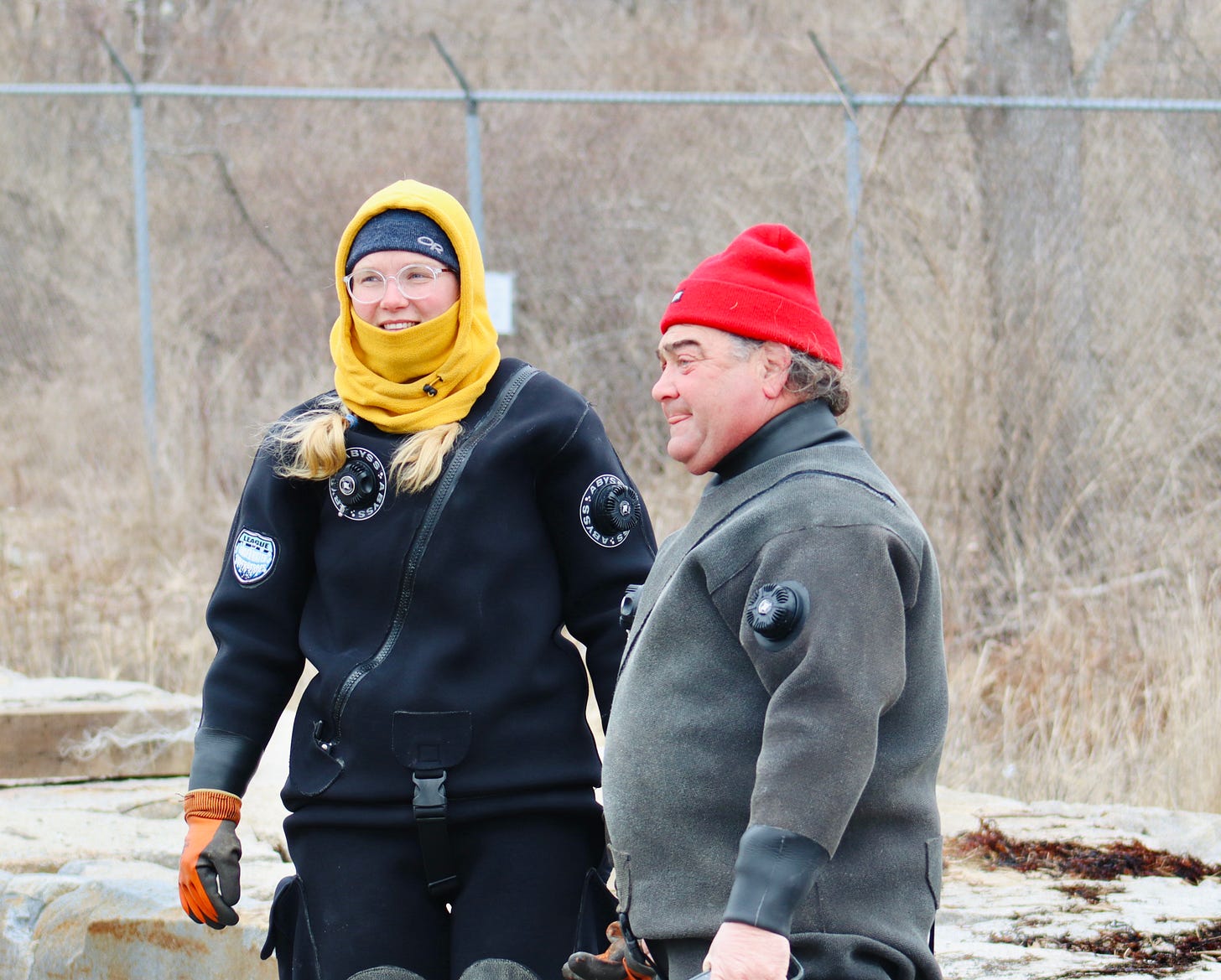
The project is financed by tens of millions in federal dollars and a reported 100-million dollars from a private company, Diamond Offshore Wind, a subsidiary of the Mitsubishi Corporation, and RWE Renewables.
Updated at 2:30 p.m., March 31. We have been told by a reliable source, but have not had the opportunity to verify, that the structure was floated on the midnight king tide last night.
All photos: Shaun Farrar/Bar Harbor Story or with permission of anonymous submitter.
Follow us on Facebook. And as a reminder, you can easily view all our past stories and press releases here.
If you’d like to donate to help support us, you can, but no pressure! Just click here (about how you can give) or here (a direct link), which is the same as the button below.
If you’d like to sponsor the Bar Harbor Story, you can! Learn more here.


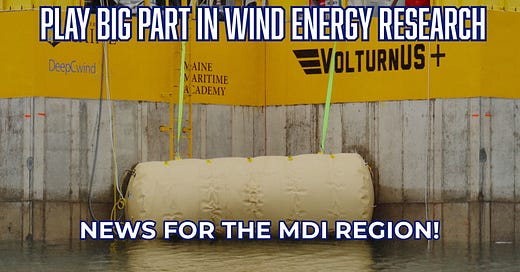



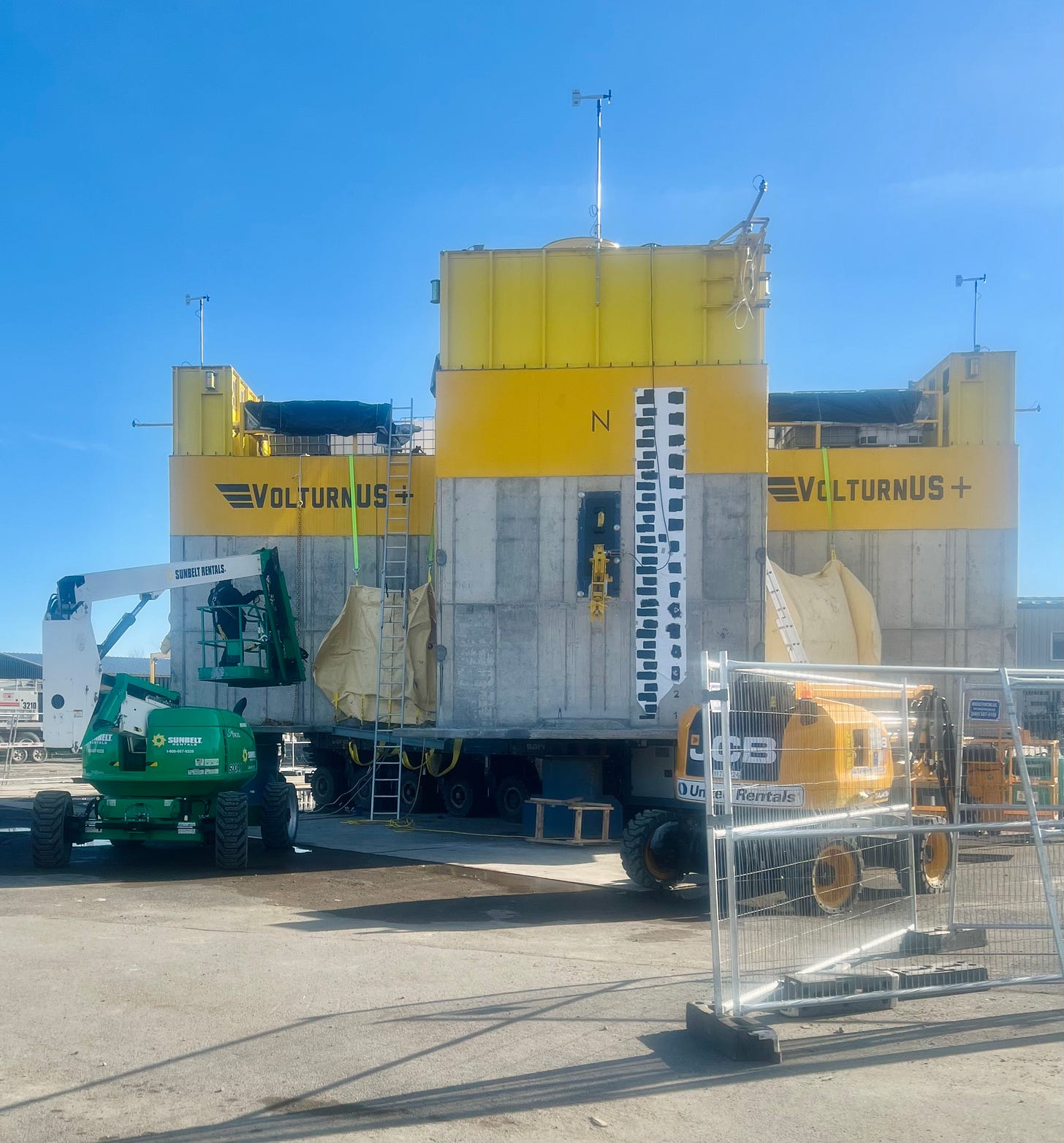
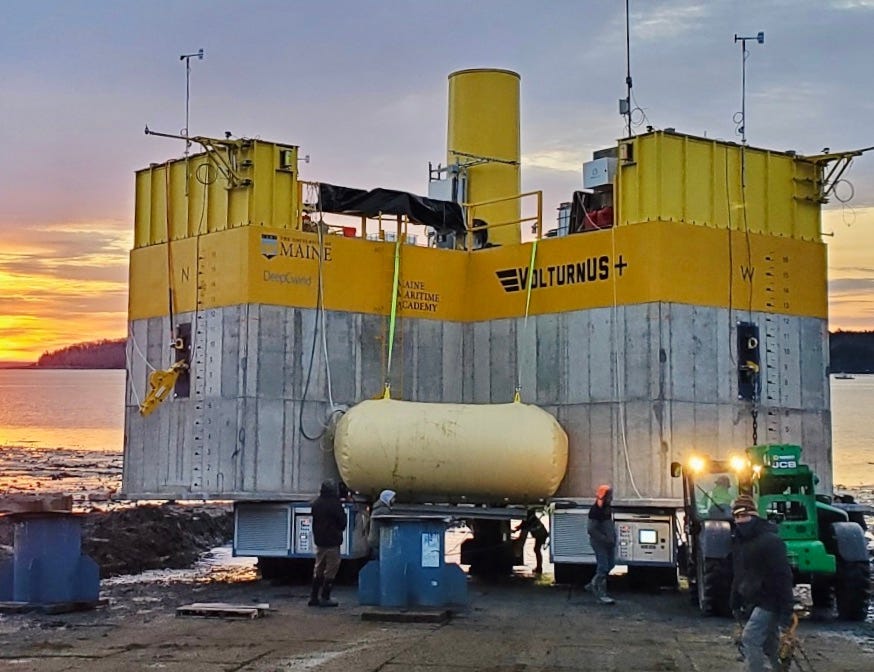
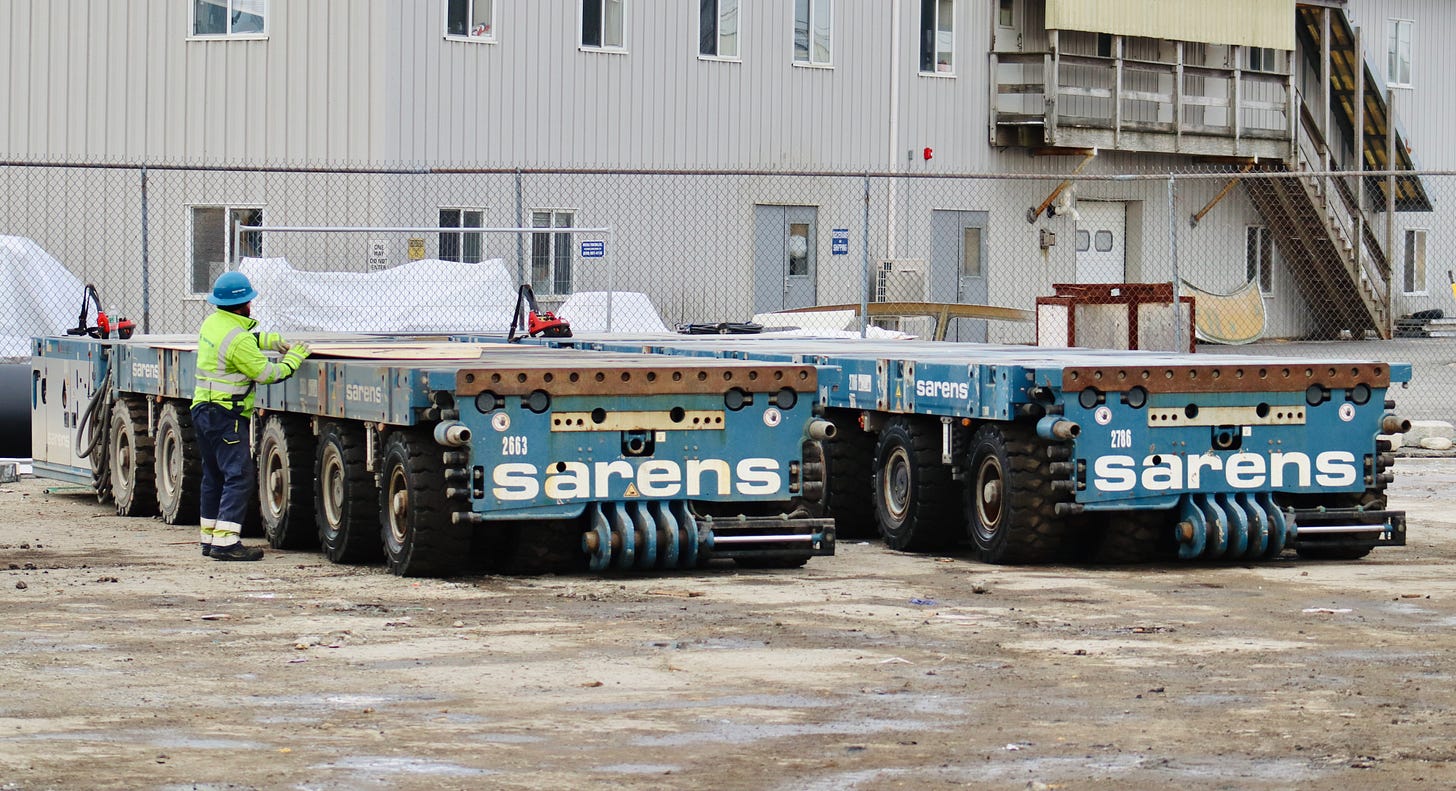
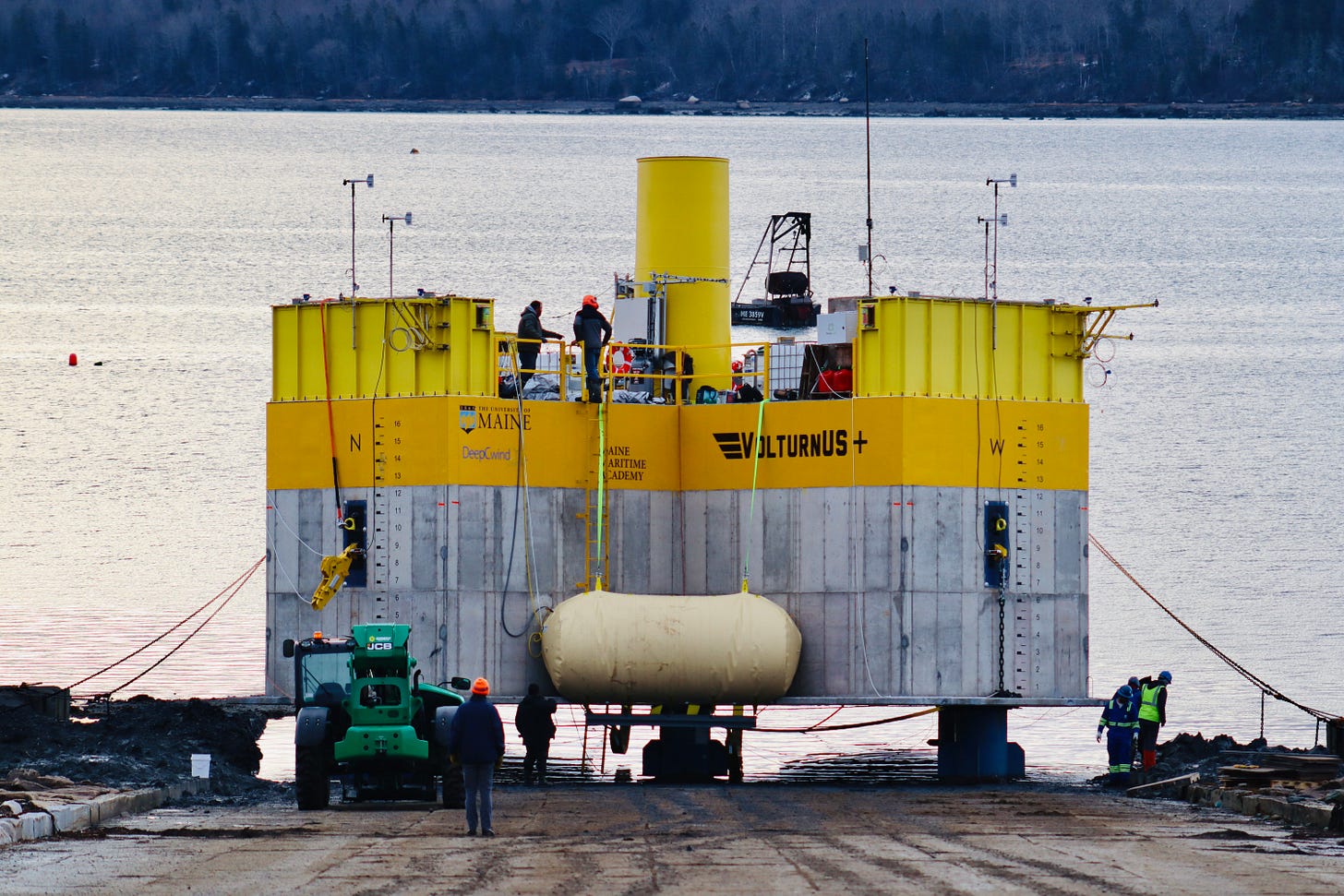
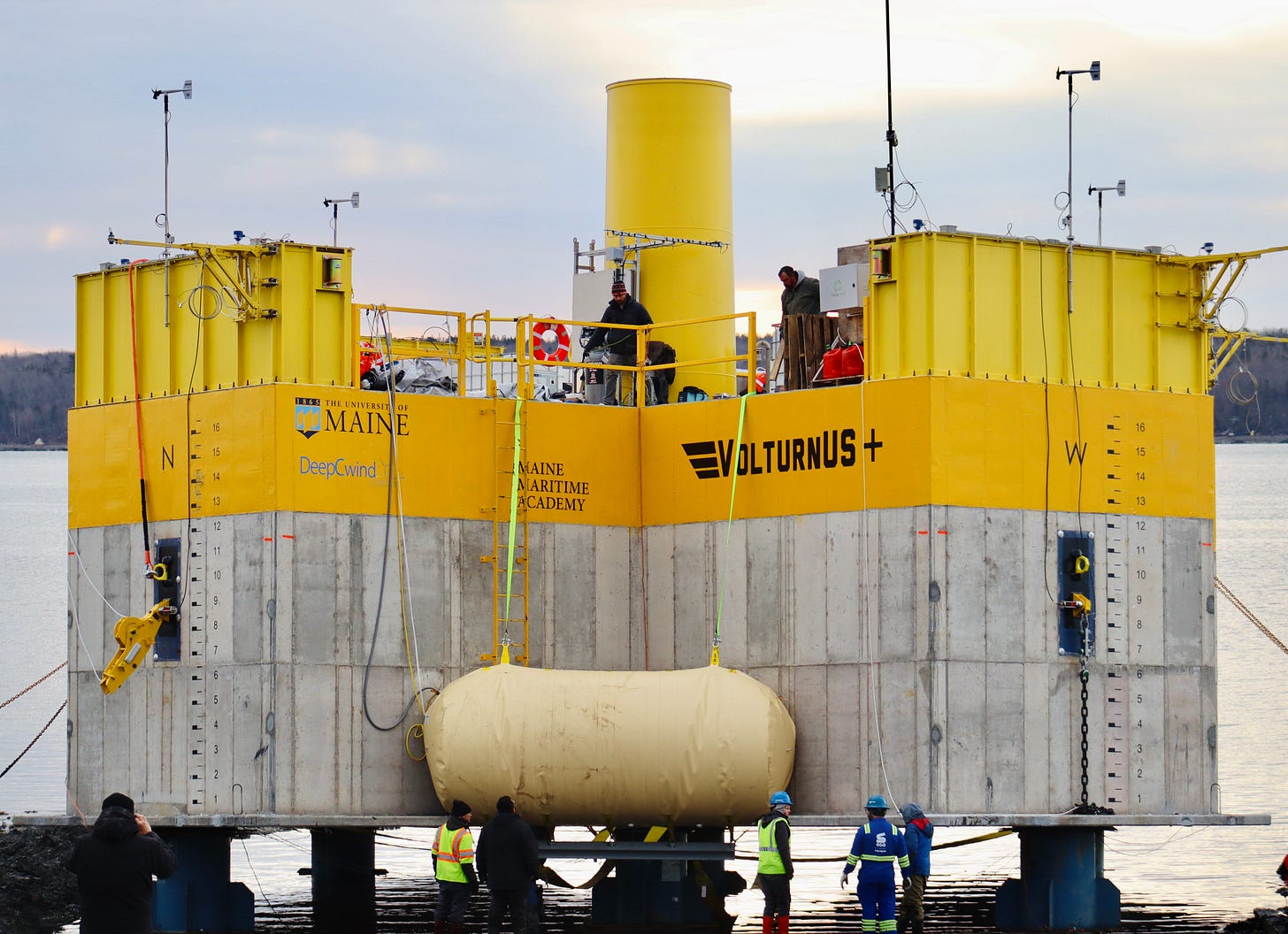
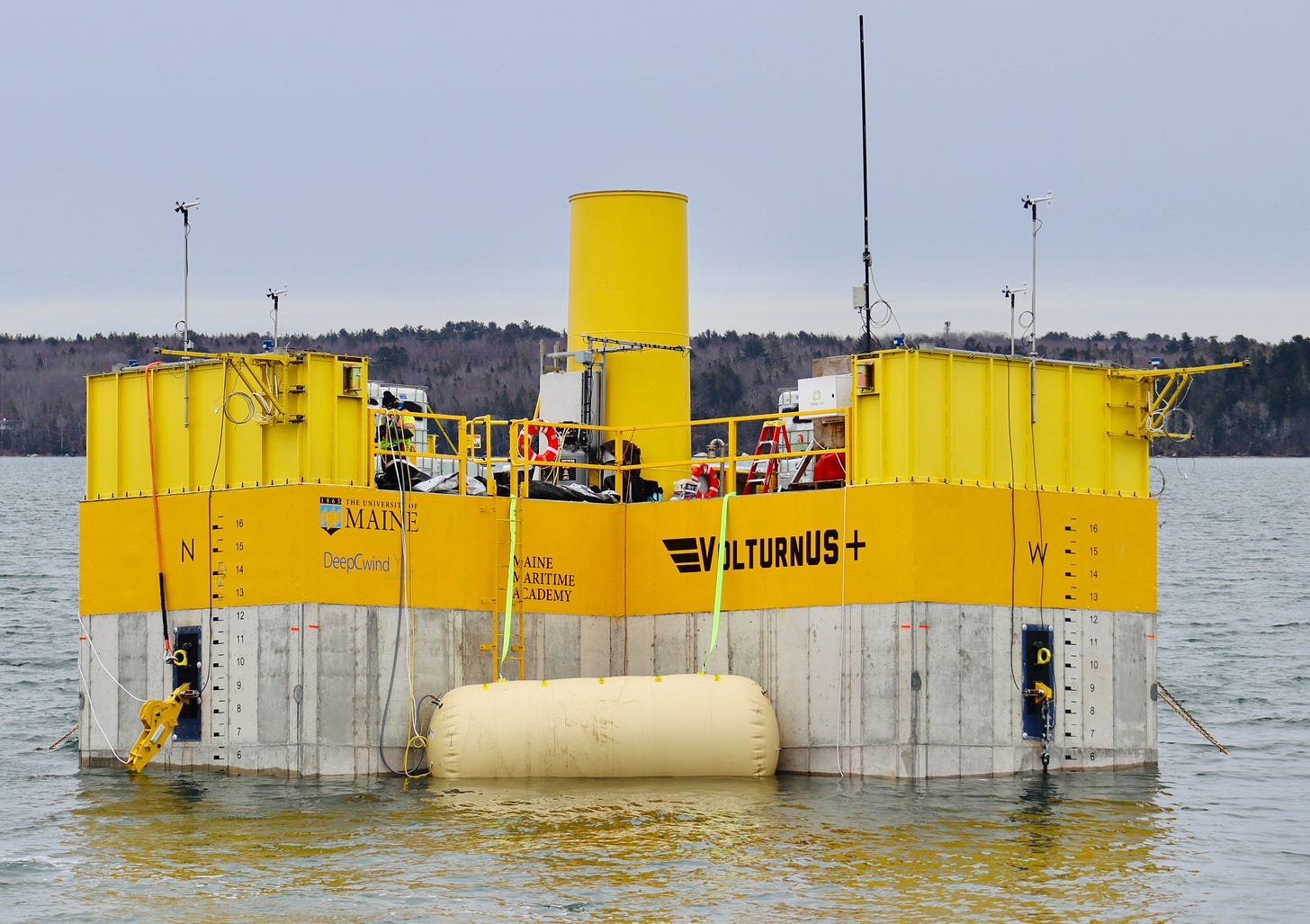
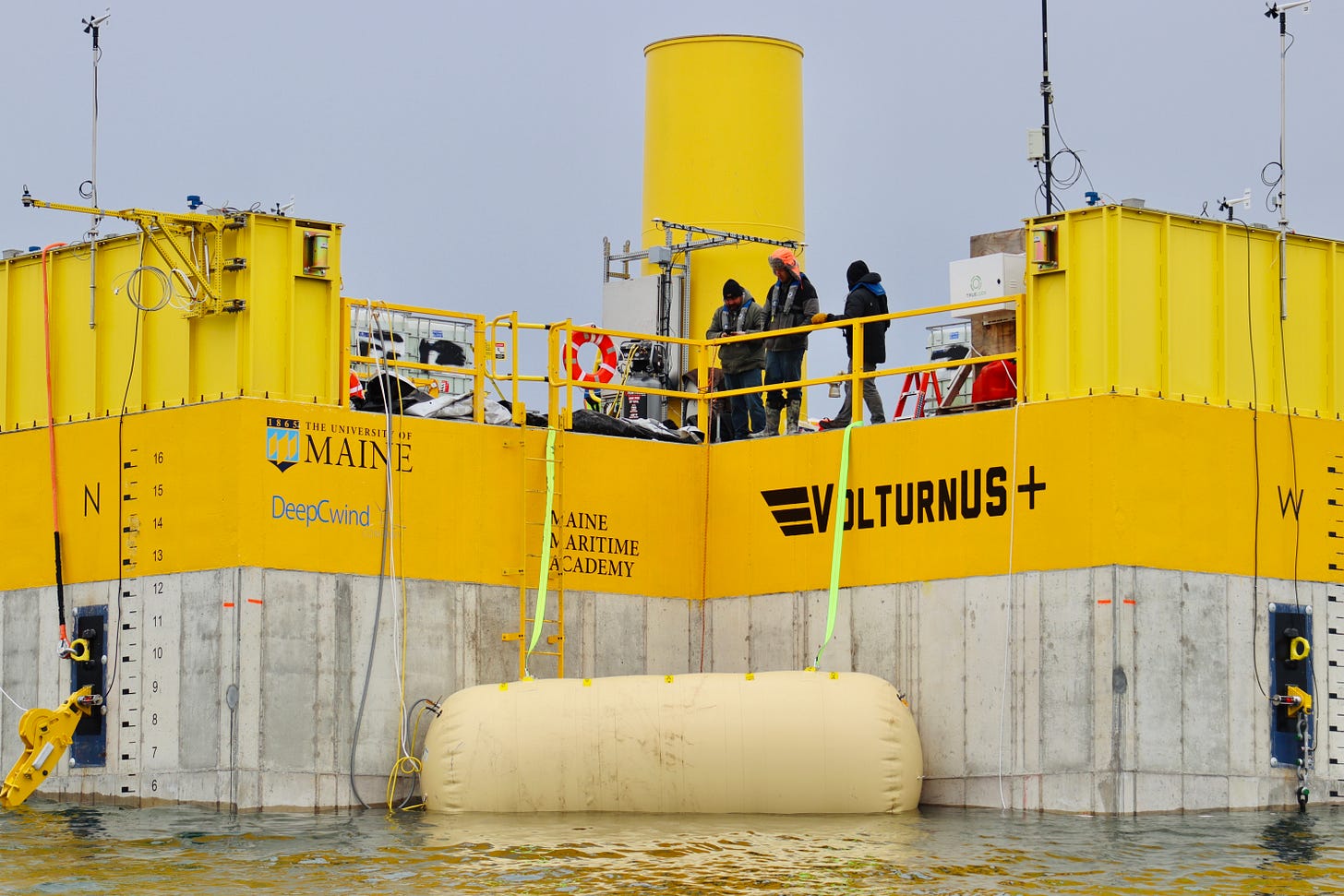

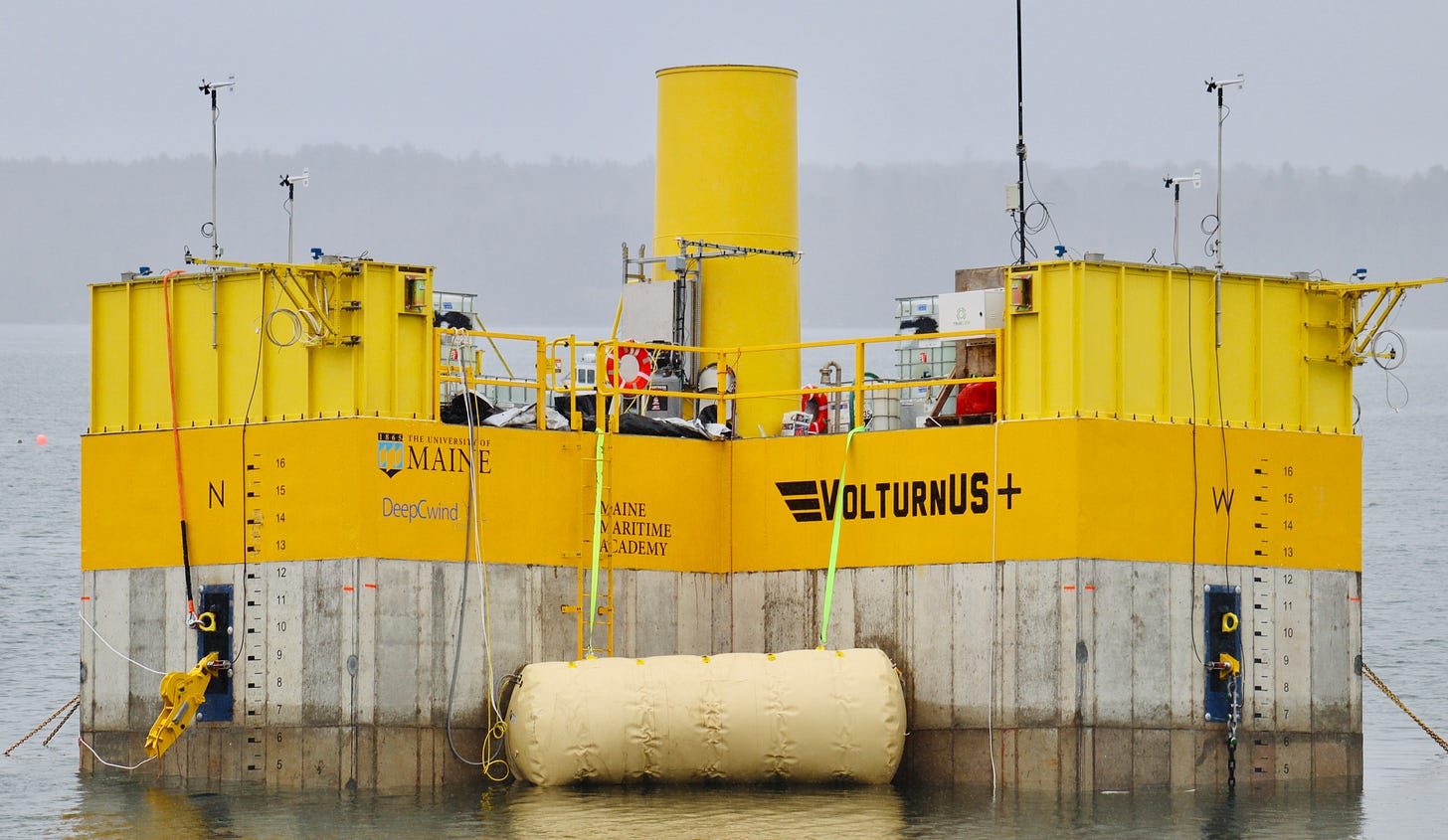
I know what you mean about the difficulty of writing an article when "no comment" is the answer to every question. I've been watching the construction of this beast from the very beginning and "no comment" was the same answer I received, plus a friendly reminder that "no photos allowed." Given that not one, but two, public publicly funded institutions were involved I find the "no comment" response somewhat disturbing. Why all the secrecy, one wonders. A local fisherman was recently on record as suggesting that they wanted to keep news of this project away from Maine's fisherman who almost universally oppose the construction of wind turbines because of the resultant loss of fishing ground. Could be. All said I will add that given the less than candid attitude of the University of Maine and MMA the article was well researched and well written. I more and more am impressed with the quality of journalism repeatedly apparent in The Bar Harbor Story...and it's free to boot! Pretty good return on the dollar and I just became a paid subscriber.
Hope that big boy made it to it's mooring. Looks a little top heavy and could turn over very quickly. Glad to hear it floated at least